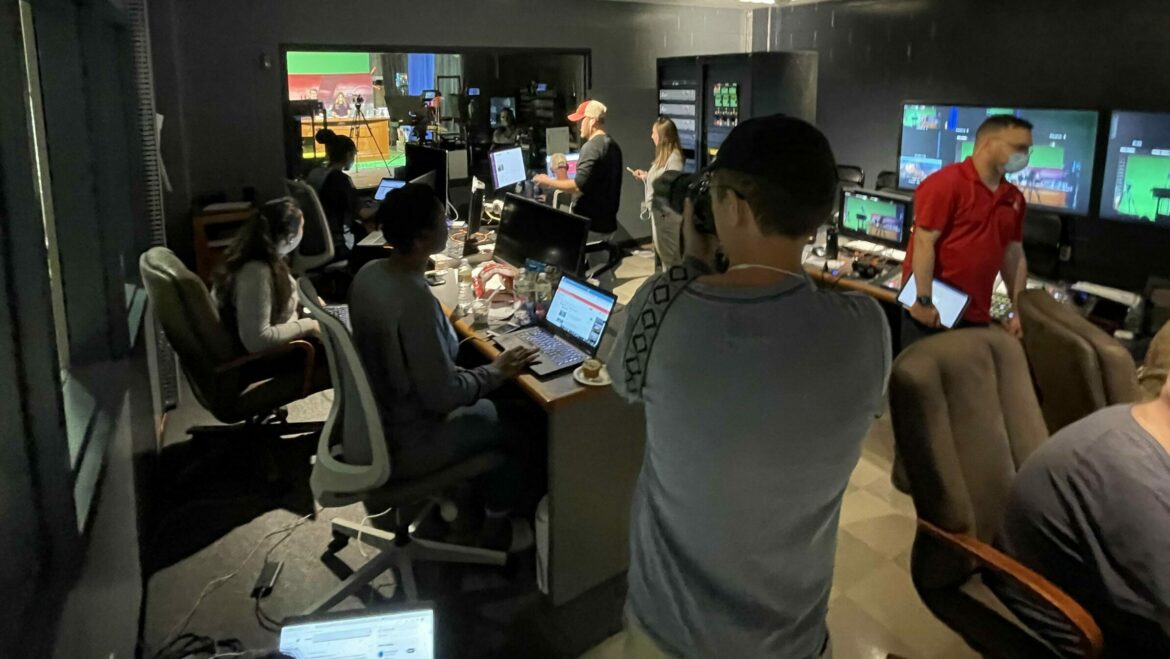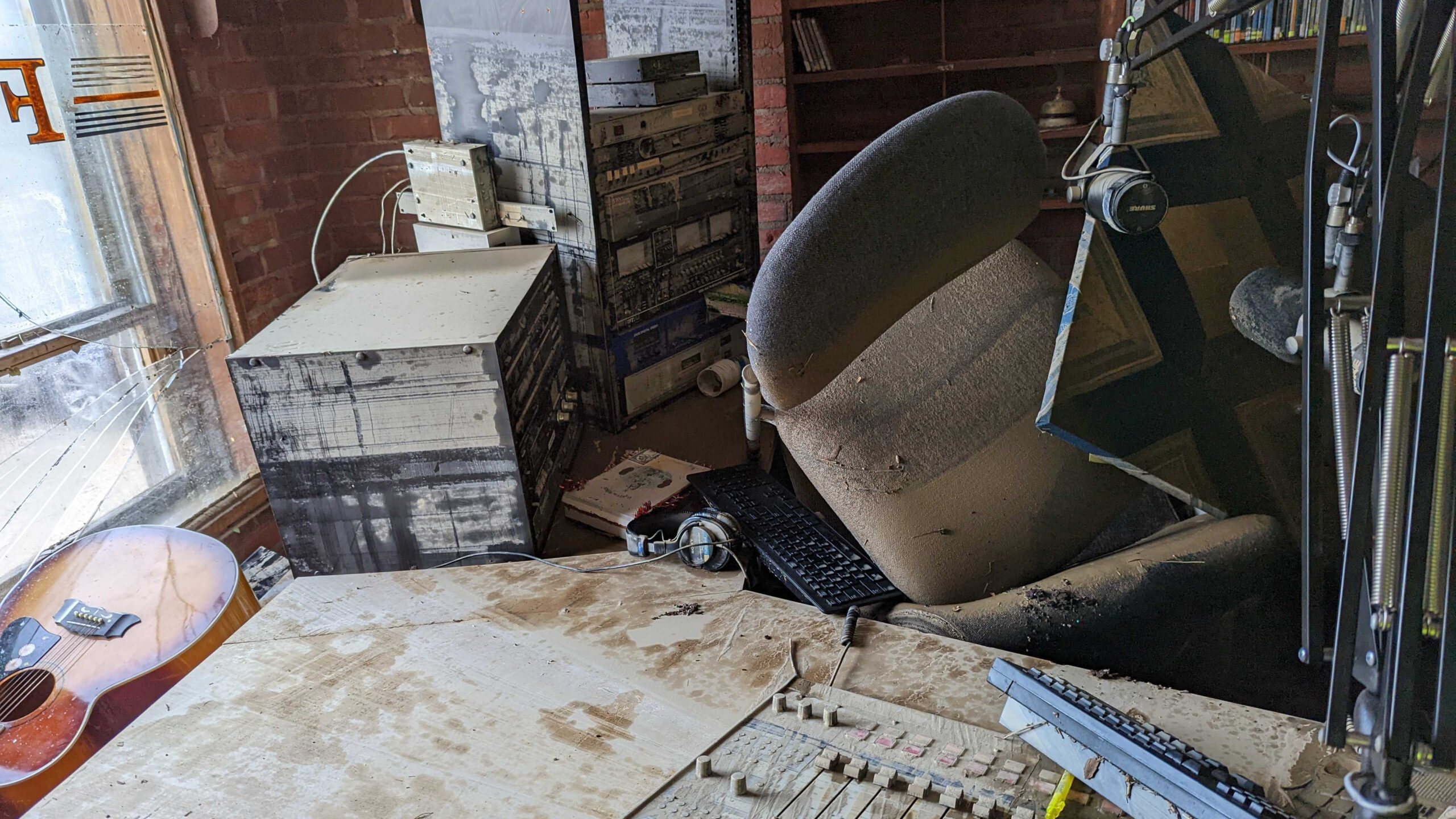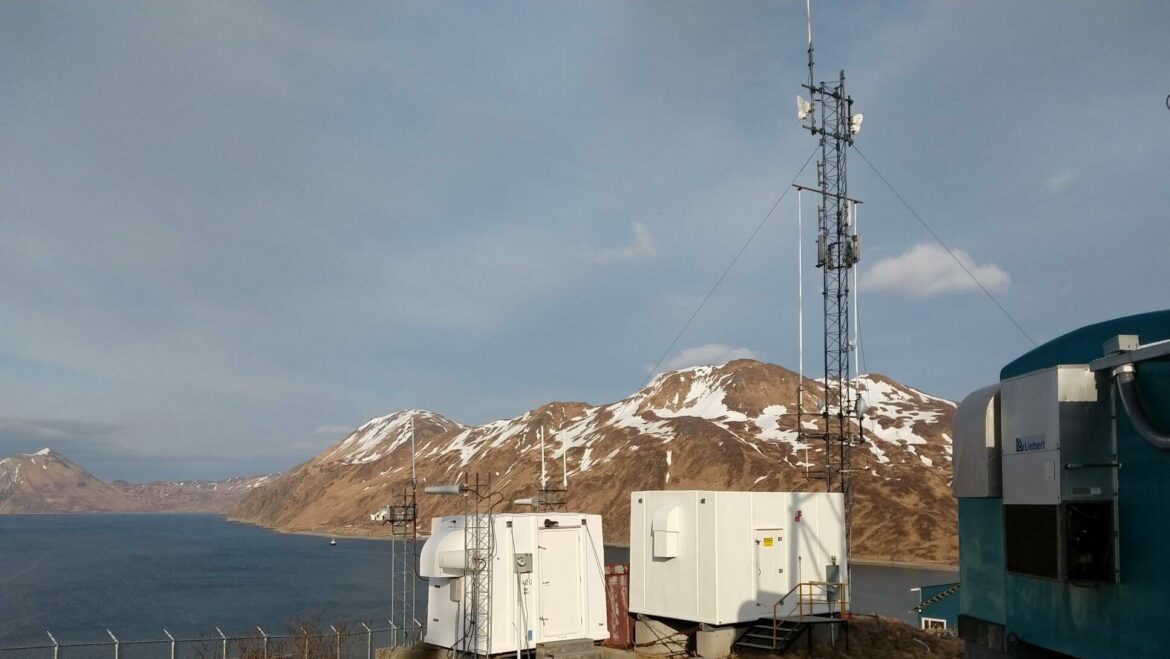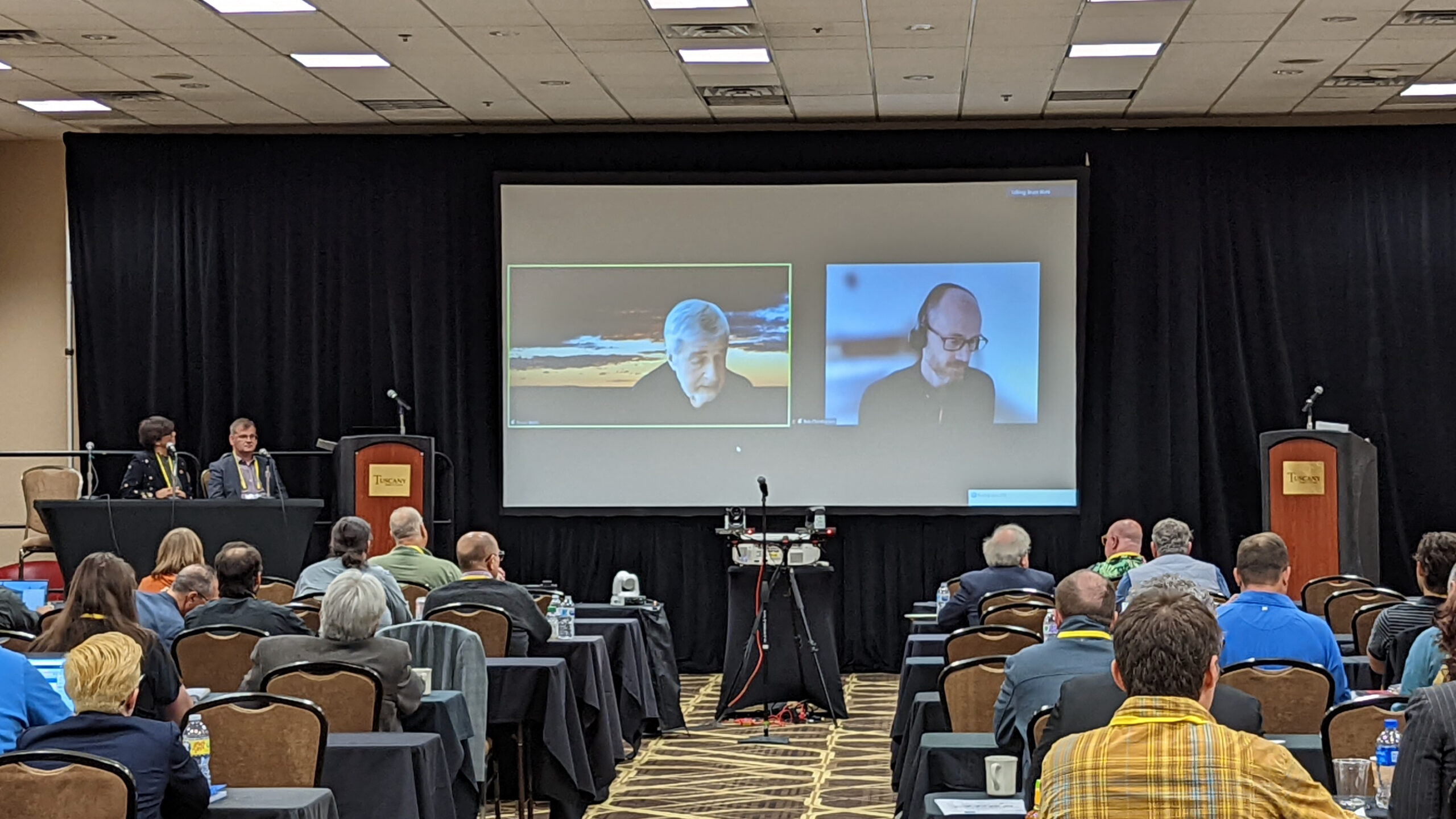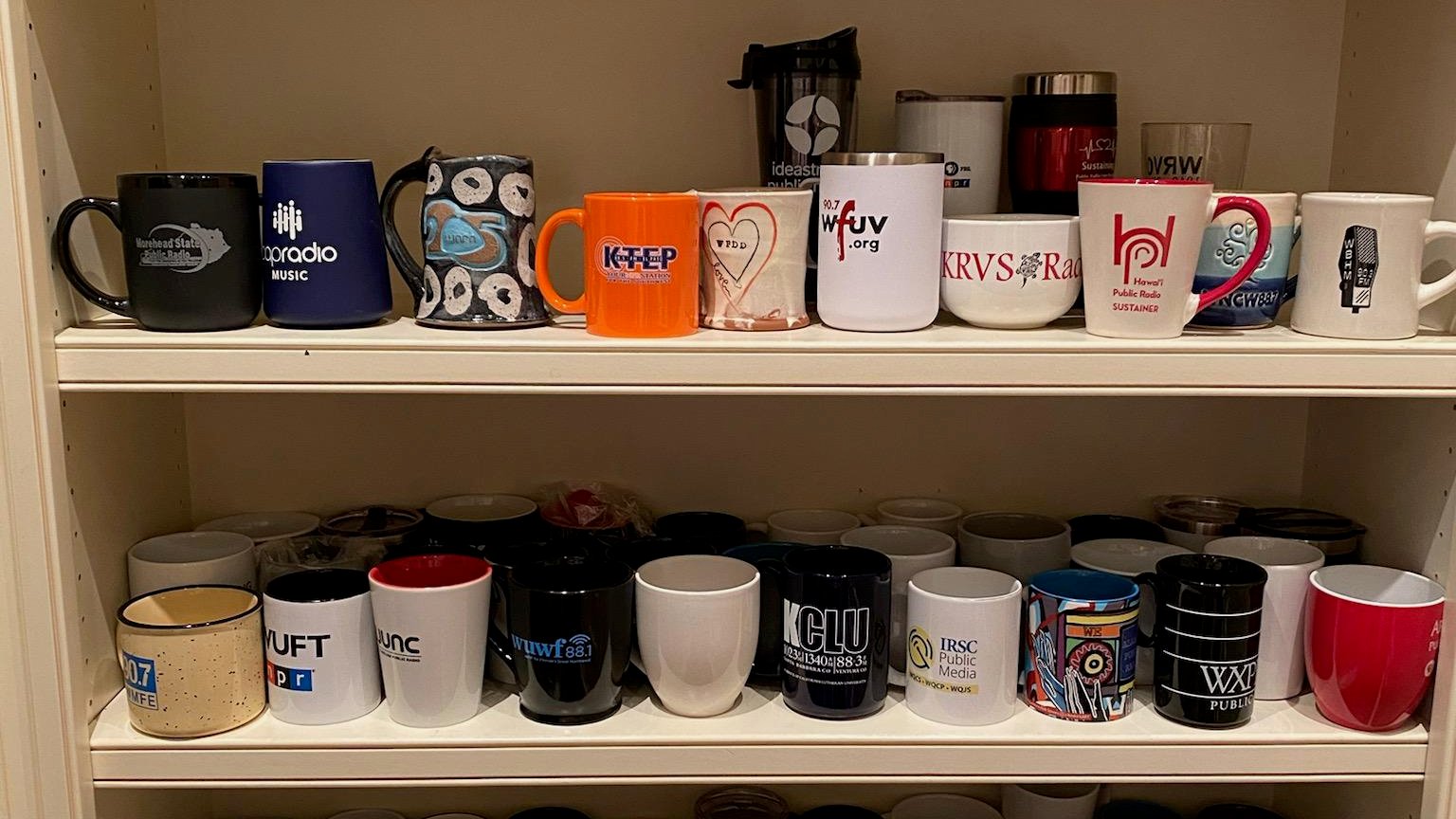Author: Scott Fybush
Facing closure, antenna maker Shively finds a buyer
A major supplier of FM antennas and transmission equipment to public radio stations will remain in business under new ownership.By Scott Fybush, Freelance ContributorMay 23, 2023Datacasting, ATSC 3.0 create new questions for pubcasters
In a Q&A, lawyers Melodie Virtue and Brad Deutsch discuss what’s next for pubcasters experimenting with ATSC 3.0 and what questions are ...By Scott Fybush, Freelance ContributorApril 28, 2023PRSS begins assessing needs for next technology upgrade
The Public Radio Satellite System is seeking a contractor to research future connectivity needs of stations large and small.By Scott Fybush, Freelance ContributorApril 24, 2023Cross-border partnership brings NextGen TV to Cincinnati–Northern Kentucky market
An agreement between KET and Public Media Connect is the first in which separately owned public broadcasting networks are cooperating on an ...By Scott Fybush, Freelance ContributorApril 17, 2023Public radio engineers await fate of major antenna maker
The potential sale of Shively Labs, one of the country’s only major manufacturers of high-power FM broadcast antennas, is causing concern among ...By Scott Fybush, Freelance ContributorJanuary 23, 2023Pubmedia’s datacasting startup forges content partnership with Sesame Workshop
“The partnership model is key to everything we do,” says Erik Langner, CEO of the Information Equity Initiative.By Scott Fybush, Freelance ContributorDecember 9, 2022How WGCU rode out Hurricane Ian and maintained radio service through the thick of the ...
The station in Fort Myers, Fla., turned its TV studios over to a local Fox affiliate and relied on an auxiliary radio ...By Scott Fybush, Freelance ContributorOctober 25, 2022Kentucky stations struggle to report on — and recover from — historic flooding
The floods submerged the studio of community radio station WMMT and damaged its decades of media archives.By Scott Fybush, Freelance ContributorAugust 3, 2022ATSC event showcases public TV’s growing offerings in educational datacasting
Stations are continuing to reinforce their datacasting efforts as the initial urgency of the pandemic has given way to longer-term planning.By Scott Fybush, Freelance ContributorJune 13, 2022How pandemic evacuations created openings for pubcasters to build new studios
Disruption and dislocation allowed some public media stations to plan — and even finish — upgrades to their headquarters.By Scott Fybush, Freelance ContributorJune 8, 2022Engineers, GMs go the distance to keep Alaska’s remote stations on the air
“There are no roads to here, so the only way you get in is by airplane or ship, or if you have ...By Scott Fybush, Freelance ContributorMay 24, 2022New tech promises better signals, more interactivity and data options for pubcasters
At the NAB Show, broadcast tech companies rolled out FM boosters that enable "zonecasting" and previewed the next-generation capabilities they're developing ...By Scott Fybush, Freelance ContributorMay 12, 2022Radio engineers’ conference returns in conjunction with spring NAB Show
The hybrid conference aims to draw new staffers to public radio with scholarships for more than a dozen engineers.By Scott Fybush, Freelance ContributorApril 21, 2022Support your local station? Former NPR CEO Jarl Mohn is supporting them all
Mohn's $1,000 donations to all of NPR's member stations are netting him a sizable mug collection.By Scott Fybush, Freelance ContributorMarch 1, 2022Public TV asks FCC for flexibility in preserving multicast channels amid ATSC 3.0 transition
An FCC loophole is causing problems for stations that want to join marketwide launches of the new broadcast technology.By Scott Fybush, Freelance ContributorFebruary 18, 2022







